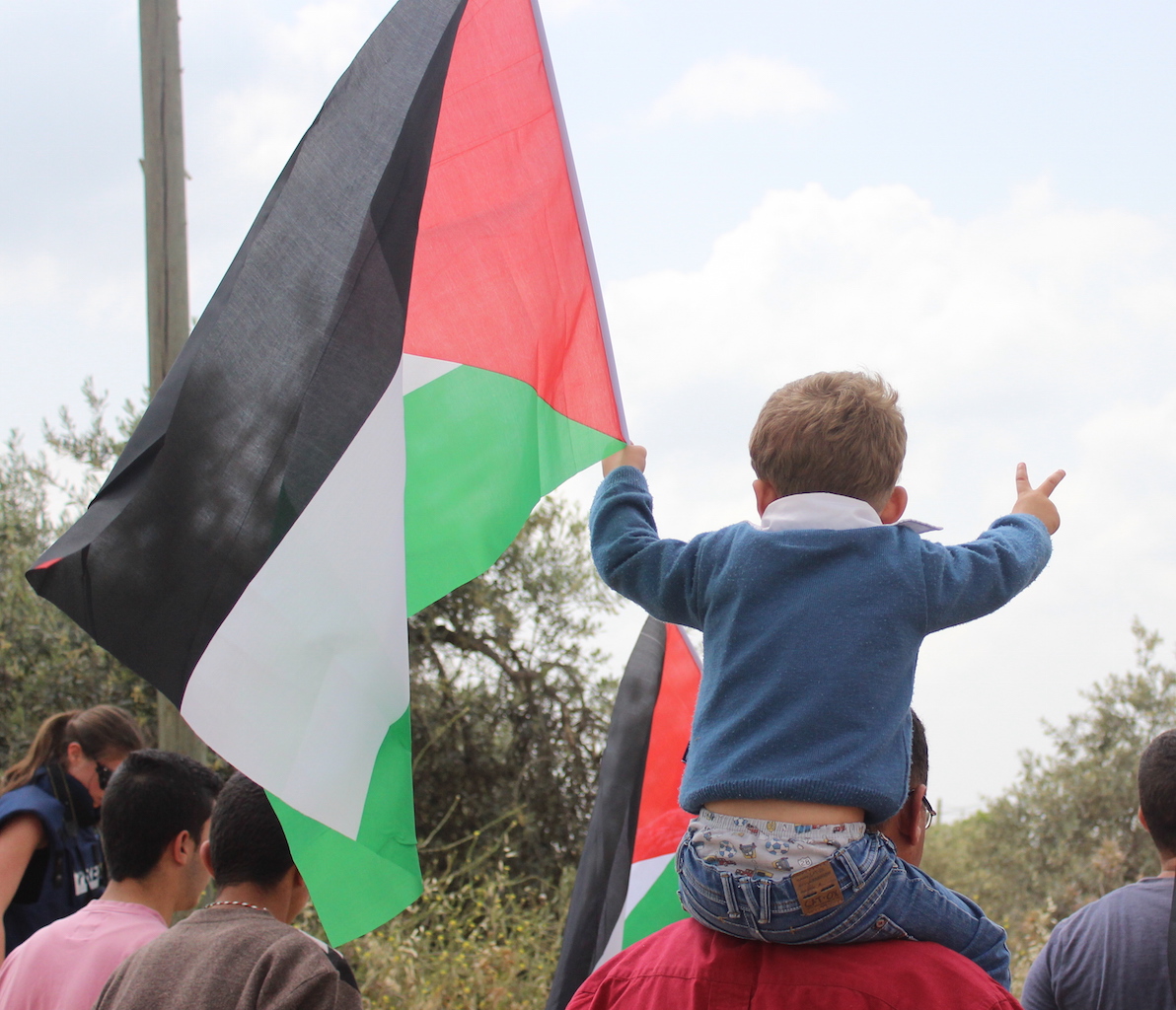Tag: Apartheid Wall
-
Update on urgent call – help Mohammed Abu Rahmah
09th May 2015 | International Solidarity Movement, Ramallah Team | Ramallah, Occupied Palestine UPDATED – On the 20th April, Israeli forces arrested Mohammed Adeeb Abu Rahmah while he was on his way to Mecca. Mohammed is the 19 year old son of prominent Bil’in activists Adeeb Abu Rahmah. Father of nine, Adeeb was sentenced for 18 months…
-
Open the gate, bring down the wall!
08th May 2015 | International Solidarity Movement, Al Khalil Team | Al-Zaim, Occupied Palestine The villagers of Al-Zaim held their third demonstration today in front of the gate in the apartheid wall that separates them from East Jerusalem. Peaceful demonstrators were met by a large number of occupation forces and agreement was eventually reached to…
-
Prisoners’ day at weekly Bil’in demonstration
17th April 2015 | International Solidarity Movement, Khalil Team | Bil’in, Occupied Palestine Over 300 people attended the Prisoners’ Day demonstration in Bil’in. The Israeli army fired endless amounts of teargas and shot one person in the chest with a live ammunition. After the prayer, protesters marched towards the apartheid wall and the illegal settlement…



